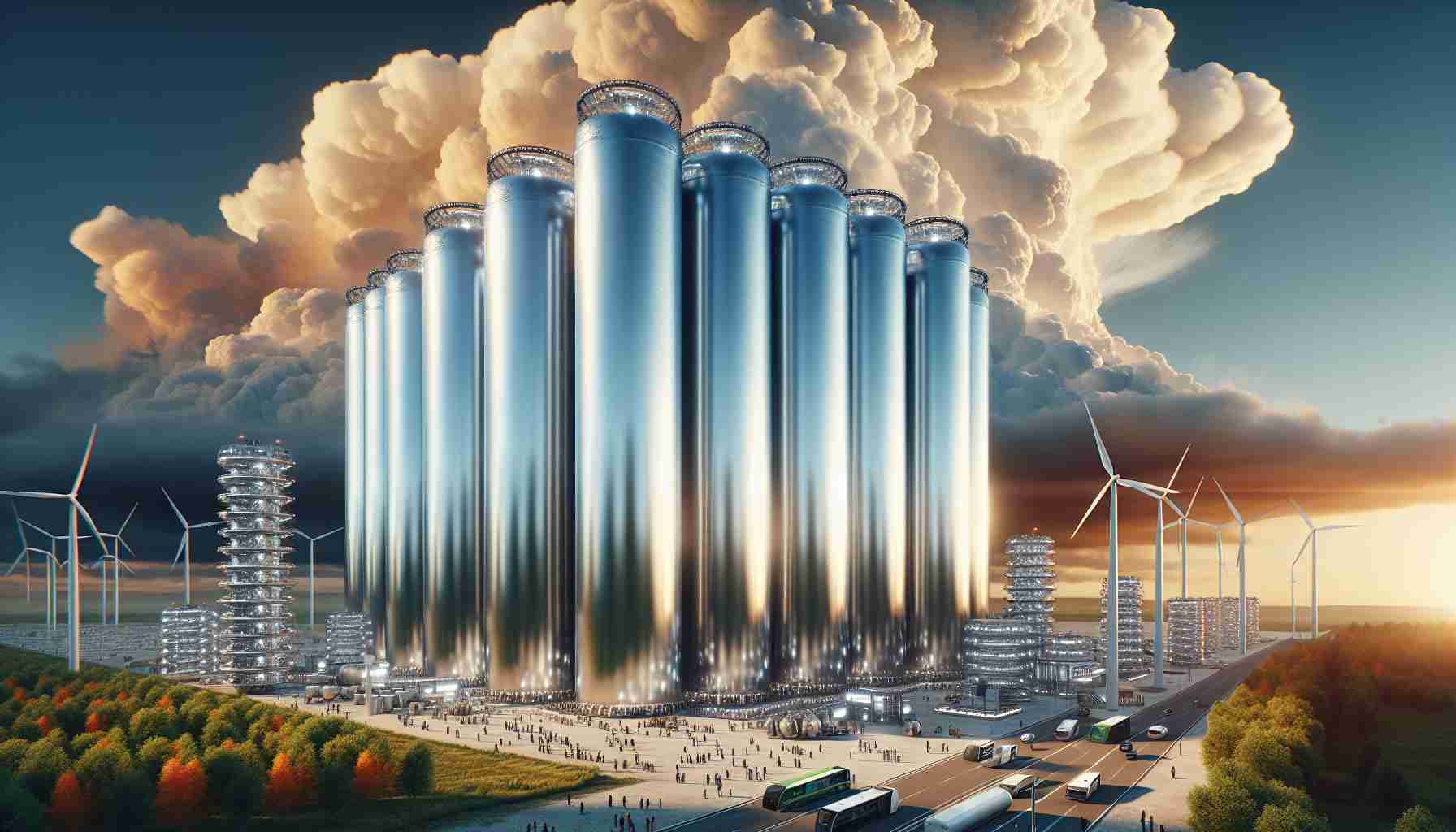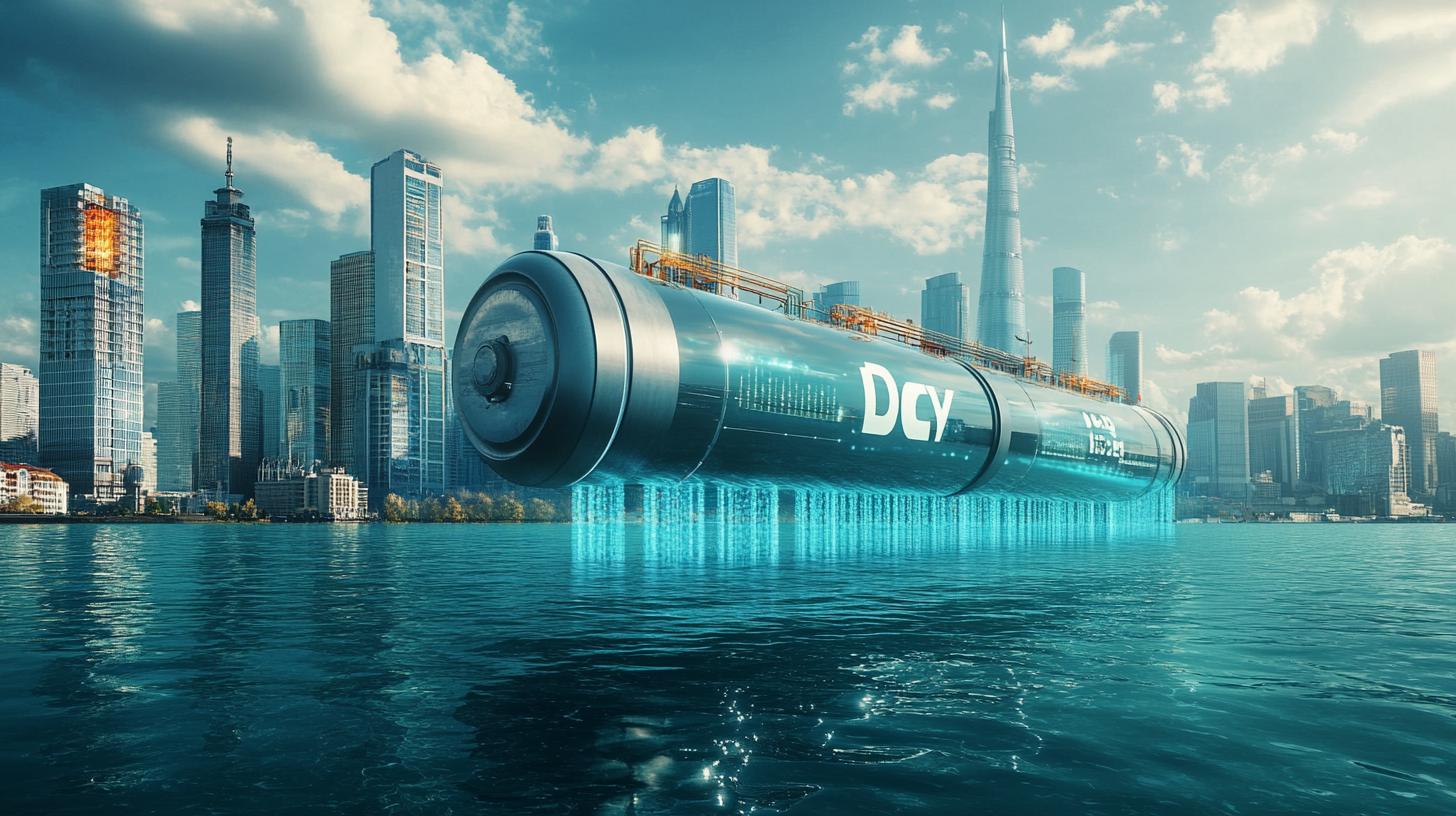Unprecedented Energy Innovation in Saint-Laurent-du-Maroni
In a dramatic development, residents of Saint-Laurent-du-Maroni are witnessing the arrival of enormous hydrogen tanks, each measuring 21 meters in length and weighing 35 tons. Transported on specially-designed trucks, these colossal tanks are essential for the innovative Centrale Électrique de l’Ouest Guianais (CEOG) project, a transformative initiative aimed at harnessing solar energy for hydrogen production.
This pioneering project promises to revolutionize energy storage and supply in the region. The CEOG facility is set to utilize solar energy to generate hydrogen, which will then be stored in these giant tanks. By storing hydrogen, the plant can create electricity even during the night, supporting overall energy resilience.
Logistical expertise is critical for the safe transportation of these tanks. The logistics team at TSE has meticulously planned each transport phase, ensuring stability and safety. An escort by the national gendarmerie adds an extra layer of security, showcasing the importance of this project.
As of now, 12 of the planned 26 tanks have already reached the site, with more arriving via ships from Caribbean routes. This impressive display has captivated local residents, sparking curiosity and excitement about the region’s future.
CEOG’s initiative not only aims to address growing energy demands but also to contribute significantly to reducing carbon emissions through sustainable technology, signaling a bright future powered by renewable energy.
Broader Implications of Hydrogen Innovation in Saint-Laurent-du-Maroni
The deployment of hydrogen technology in Saint-Laurent-du-Maroni through the CEOG project represents a pivotal moment for both local and global energy narratives. As communities increasingly seek sustainable energy solutions, the success of this initiative could serve as a replicable model for regions grappling with energy resilience and environmental challenges.
The societal impact is profound. Communities often face fluctuations in energy supply, especially in remote areas. Hydrogen storage not only provides a reliable energy source but also enhances economic stability by attracting investment in green technologies and creating jobs. This aligns with a growing trend where cities are prioritizing renewables to combat climate change, thus reshaping cultural attitudes toward energy consumption.
From an environmental standpoint, hydrogen has the potential to significantly reduce greenhouse gas emissions. By transitioning from fossil fuel dependence to hydrogen production, regions like Saint-Laurent-du-Maroni could lower their carbon footprints while contributing to global efforts in combating climate change. This initiative also underscores a larger trend towards decentralized energy systems, empowering communities to harness local resources sustainably.
Looking ahead, the integration of hydrogen technology sets a precedent for future energy innovation. As other regions monitor the outcomes of CEOG, we may witness a surge in similar projects worldwide, fostering a more interconnected approach to global energy challenges. Ultimately, the ramifications of this development could extend well beyond Saint-Laurent-du-Maroni, bearing long-term significance for the transition to a sustainable global economy.
Revolutionizing Energy: The Hydrogen Future of Saint-Laurent-du-Maroni
Unprecedented Energy Innovation in Saint-Laurent-du-Maroni
The small town of Saint-Laurent-du-Maroni is on the brink of an energy revolution with the implementation of the Centrale Électrique de l’Ouest Guianais (CEOG) project. This innovative initiative focuses on harnessing solar energy to produce hydrogen, a clean and versatile energy carrier.
Key Features of the CEOG Project
1. Hydrogen Production and Storage: The project aims to generate hydrogen through solar power, with the capability to store it in large tanks measuring 21 meters in length and weighing 35 tons. This approach provides a reliable energy supply that extends into nighttime, bridging the energy gap created by solar variability.
2. Sustainability Focus: By utilizing renewable energy sources, the CEOG project directly contributes to carbon emissions reduction. This aligns with global trends towards sustainable energy solutions and combats climate change, making the facility a significant player in the renewable energy landscape.
3. Local Economic Impact: The CEOG project is likely to create jobs and stimulate investment in the region. As renewable energy becomes more prevalent, there is the potential for increased economic activity related to maintenance, operation, and further technology development.
Pros and Cons of Hydrogen Energy
Pros:
– Renewable and Clean: Hydrogen has the potential to be a clean source of energy with minimal environmental impact, especially when produced from renewable resources.
– Energy Storage: The ability to store energy in hydrogen form allows for effective use of solar power, mitigating the intermittency associated with solar energy.
Cons:
– High Initial Costs: The infrastructure needed for hydrogen production and storage can be costly to establish.
– Energy Loss: Converting electricity to hydrogen and back to electricity can lead to energy loss if not efficiently managed.
Innovations in Safety and Logistics
The transportation of these massive hydrogen tanks is being managed with meticulous care. Logistics teams have coordinated effectively with local law enforcement to ensure the safety and stability of the tanks during transit. Such comprehensive planning highlights the commitment to safety throughout the development of the CEOG project.
Predictions for the Future
As the CEOG project unfolds, it is expected that Saint-Laurent-du-Maroni will emerge as a key player in the hydrogen economy. With the successful integration of renewable energy technologies, the region is poised to set an example for other communities by demonstrating the benefits of sustainable practices.
Long-Term Implications
The advent of hydrogen energy not only addresses immediate energy demands but also responds to broader environmental concerns. The CEOG project serves as a prototype for future developments in the realm of renewable energy and could catalyze further investments in clean technology.
For more information about the sustainability initiatives in the energy sector, visit National Renewable Energy Laboratory.

















